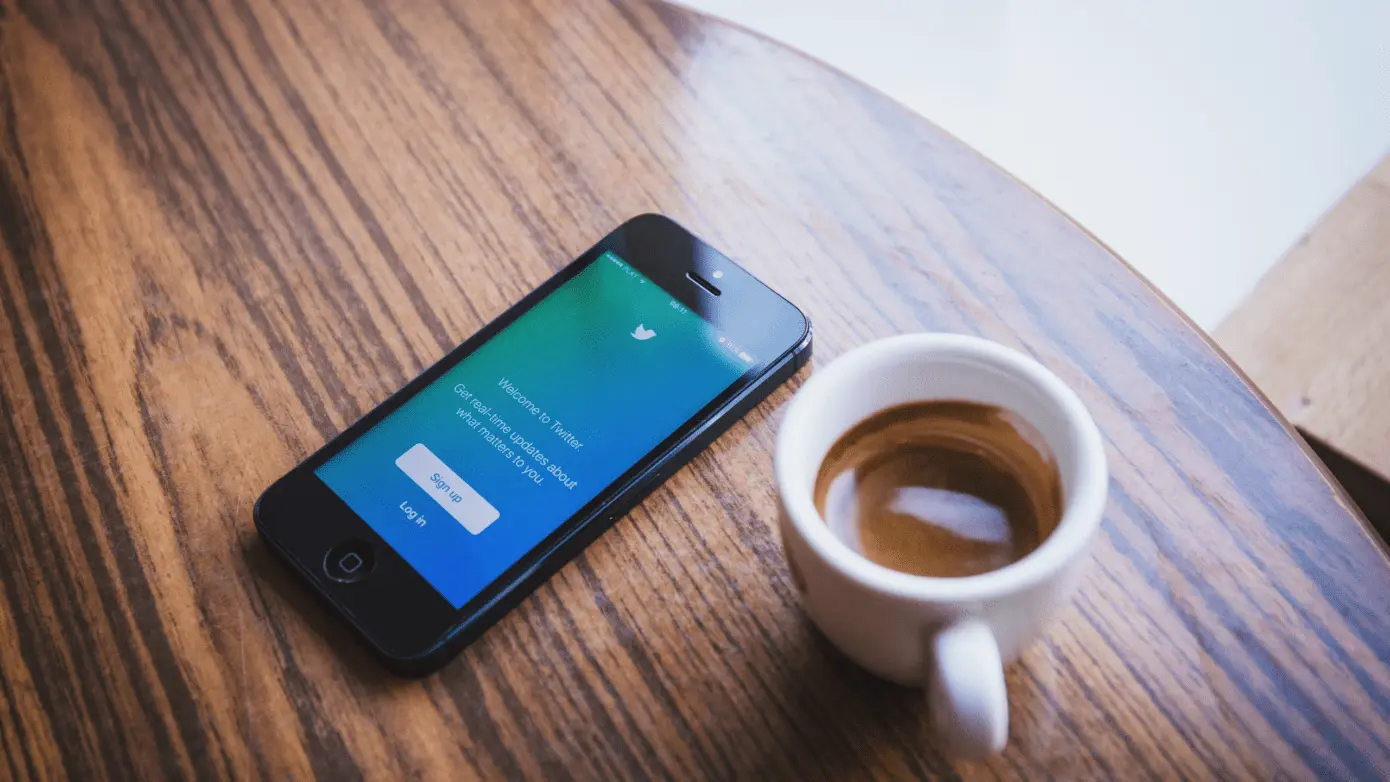Introduction
Twitter users have been complaining about the New Status Indicators (NSIs), which have been implemented as part of Twitter’s latest update. The NSIs are small graphics that are displayed in the top left corner of a user’s Twitter profile picture. The graphics indicate the user’s current status – either ‘active’ or ‘inactive’. Some Twitter users find the NSIs distracting because they can be hard to ignore. Others find them helpful because they can help them keep track of the various activities that a user is engaged in on Twitter.
What are the new Twitter status indicators?
Twitter is testing out a new feature that will let you add an extra element to your message, by including a status indicator. This could help to better communicate meaning and intent, and it’s a unique combination of possible status alerts. Users won’t be able to create their own status, but they’ll have access to the presets that Twitter has been testing for a while. It’s not clear yet if this will be available on all platforms or just in some countries/ languages, so we’ll have to wait and see how this develops!
How do they work?
Twitter status indicators are little symbols that appear next to your Twitter account name when you’re online. They show the latest Tweets from your account, and they can be used to quickly see what’s going on.
Status indicators were first introduced in 2014 as a way for people to more easily follow debates and conversations around certain topics. Today, they’re an important part of social media etiquette because they let people know when someone is responding to or discussing something that matters to them.
How do status indicators work?
When you visit a website with a Twitter integration (like The Guardian), Twitter automatically creates a status indicator for you based on the topic of the article or debate being discussed. This makes it easy for you to stay up-to-date without having to log into your Twitter account every time somebody mentions something interesting!
What do they show?
Twitter status indicator symbols show a variety of things, including the user’s current mood and emotions, their location (if they are using GPS), and what type of media they are consuming.
For example, the “heart” icon usually indicates that the user is happy or excited, while the “fireball” symbol usually indicates that someone is angry or upset. The other main icons include trees for positive tweets about nature or health, clouds for tweets containing information about weather conditions, and stars for tweets from celebrities or popular accounts.
Are they useful?
Twitter status indicators are a fun way to keep up with the latest news and events on Twitter, without having to check your account every few minutes. However, do they provide any value?
Some people believe that using Twitter status indicators can help you stay more engaged with your followers. According to a study by Twilio, those who use them feel more connected to their Twitter profile and have higher levels of engagement with the tweets they see. Additionally, research conducted by Social Bakers found that social media users who use tweet buttons or other Status Indicators are 66% more likely than others to interact with brand content on social media.
However, there is no one-size-fits-all answer when it comes to whether or not these features work for everyone. So, if you’re undecided about using them, it’s best just to leave them off altogether!
What does each indicator mean?
Twitter status indicator symbols can be confusing. Some people use them to indicate when they have a “hot take” or a spoiler alert, while others think they are just decorative elements.
Thankfully, there is an easy way to figure out what each symbol means:
- The heart icon indicates that the user is sharing a love or emotional reaction to the tweet in question. For example, if someone posts about going on vacation, you might see the heart symbol next to their post indicating that it’s something worth celebrating.
- The laughing face indicates that the user finds something funny in the given tweet. For example, if somebody tweets about how excited they are for their friend’s wedding, you may see a laughing face next to their post indicating this. The concerns face indicates that the user has something important to say about the given tweet. This could be anything from a question or concern to a complaint or criticism.
- The microphone icon indicates that the user is using Twitter’s Voicemail feature and they would like you to record your reaction. Simply hit the button and start talking!
- The Twitter flame symbol indicates that somebody has tweeted something inflammatory, which likely means it will cause an argument on Twitter (or at least among its users). Use this symbol sparingly – if at all – because it becomes very difficult to remove once it’s been added to a tweet.
- The Twitter thumb-up symbol indicates that the user agrees with or supports what was said in the given tweet. If you see this icon next to a post, it’s safe to assume that you’ll both likely agree with the sentiment expressed therein.
- The Twitter thumb-down symbol indicates that the user disagrees or opposes what was said in the given tweet. If you see this icon next to a post, it’s important not to get too wrapped up in what they’re saying – there is potential for an argument here!
How do status indicators help in optimizing tweets for better reach?
Status indicators are tiny graphics that are placed next to tweets when they’re published on a user’s timeline. They help optimize the reach of a tweet by showing which users have seen it and how much response it has generated.
The different types of status indicators include favorites, retweets, replies, and likes. Favors indicate how many people have tapped the button beside the tweet to “favorite” it; retweets indicate how many people have copied and shared the original tweet; replies indicate how many people responded to the original post with their thoughts, and likes indicate how popular or engaging a given piece of content is among its followers.
Depending on what type of indicator you’re looking at, different actions can be taken. If you want more followers to see your tweet, try including more @mentions in your text (these will show up as blue handles in reply/like notifications). If you’d like to increase retweeting rates, make sure your tweets are concise but interesting enough for others to share multiple times. And lastly – if you just want feedback about whether or not someone liked or commented on a particular post – using reactions as an indicator is usually sufficient!
How to use status indicators to improve your Twitter marketing strategy?
There’s no doubt that Twitter has become an essential tool for businesses of all sizes to reach and connect with their target audience. However, using social media effectively can be difficult if you don’t know how to use status indicators correctly. Status indicators are small symbols or images that appear next to a user’s tweets when they are logged in to the Twitter website. They provide a visual clue as to the user’s current online status (active/inactive, following/unfollowing, etc.).
By understanding which statuses indicate which types of messages are most effective, you can better tailor your content marketing strategy accordingly.
The following table lists some common statuses and the corresponding message type:
Active: This indicates that the user is currently active on Twitter and views your tweets. It is ideal for promoting new content or offering sales promotions. Messages targeting this group should include links directly to your website or blog posts, as well as calls-to-action (CTAs).
Inactive: This indicates that the user is not currently using Twitter and may not even be aware of what it is! Therefore, inactive users won’t see any new content until they reactivate their account by visiting https://twitter.com/. As such, campaigns focused on reaching inactive users are best placed behind other priorities (such as creating great content), and CTA s should focus on boosting engagement rates rather than selling products/services outright.
What are some potential uses of these status indicators?
Twitter status indicators are a fun way to show your friends and followers what you’re up to, without having to type out a full message. They can be used for anything from announcing that you just bought groceries, to congratulating someone on a great accomplishment.
There are several different types of Twitter status indicators available in the app store, so it’s easy to find one that suits your needs. Some examples include:
- Tweet storm indicator – This indicator shows how many tweets you have left in your current tweeting session. It’s useful if you want to save time by not having to refollow all of your friends’ updates every time you open the app!
- Follower counter – This indicator keeps track of the number of people who have followed either yourself or one of your selected accounts since last night (or yesterday morning UTC). It’s helpful if you want an accurate idea of how popular your account is overall.
- Location marker – This option lets users specify which country they are located in and will then display location-based Tweets relating to related topics nearby. For example, if I’m visiting Ireland right now, some Dublin-related Tweets might appear in my stream while I’m there.
- All these options make Twitter even more fun and interactive! Try them out today and see which ones work best for YOU!
Conclusion
Twitter status indicators are like mini-games, they get you more and more engaged as you play with them. These indicators can help you increase the engagement of your audience by making it easy for them to follow along with what’s happening on Twitter.
Have you used any of these new status indicator features before? Share your experience in the comments section below!



Leave a Reply